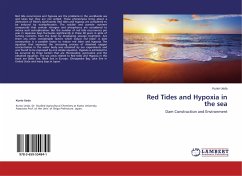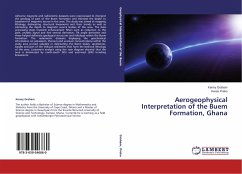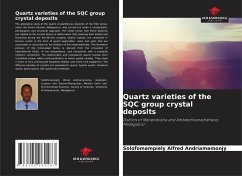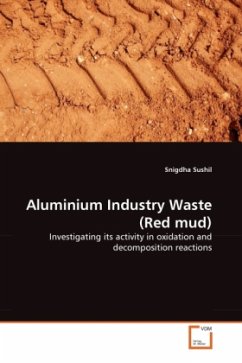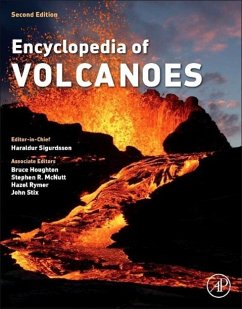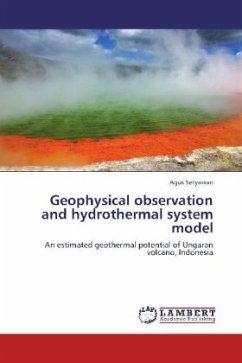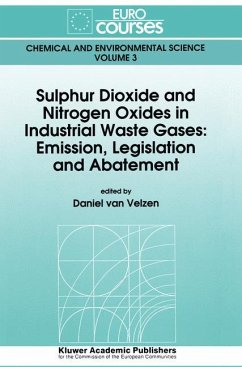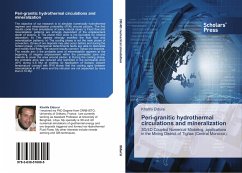
Nano-sized iron-oxides and clays of the Red-Sea hydrothermal Deeps
Characterization and Formation Processes
Versandkostenfrei!
Versandfertig in 6-10 Tagen
39,99 €
inkl. MwSt.

PAYBACK Punkte
20 °P sammeln!
The hydrothermal sediments of the Atlantis II Deep, Red Sea crystallized out of a mixture between hot brine that has been discharging into the deep, carrying dissolved Si and Fe2+ and oxygenized Red Sea Deep Water. The sediments were compared to those found in the currently inactive Thetis Deep in the Red Sea. Iron and silicon in various proportions are the major components of newly formed iron oxides (Goethite, lepidocrocite, feroxyhyte, ferrihydrite and hematite), and it appears that Si hinders crystal growth. A new short range ordered phase, singerite, was found in the Atlantis II Deep sedi...
The hydrothermal sediments of the Atlantis II Deep, Red Sea crystallized out of a mixture between hot brine that has been discharging into the deep, carrying dissolved Si and Fe2+ and oxygenized Red Sea Deep Water. The sediments were compared to those found in the currently inactive Thetis Deep in the Red Sea. Iron and silicon in various proportions are the major components of newly formed iron oxides (Goethite, lepidocrocite, feroxyhyte, ferrihydrite and hematite), and it appears that Si hinders crystal growth. A new short range ordered phase, singerite, was found in the Atlantis II Deep sediments having rounded to elliptic morphology, with a diameter of about 100nm with electron dense margins circumferencing an inner, nearly electron beam transparent, core. Within a few thousand years it disintegrates and transforms into iron rich phyllosilicates, probably nontronite. Apart from nontronite in its initial formation stage (status nascendi), authigenic iron rich smectite is commonwithin the sediments of the deep. Based on synthesis of all phases, formation process for each phase was suggested.




